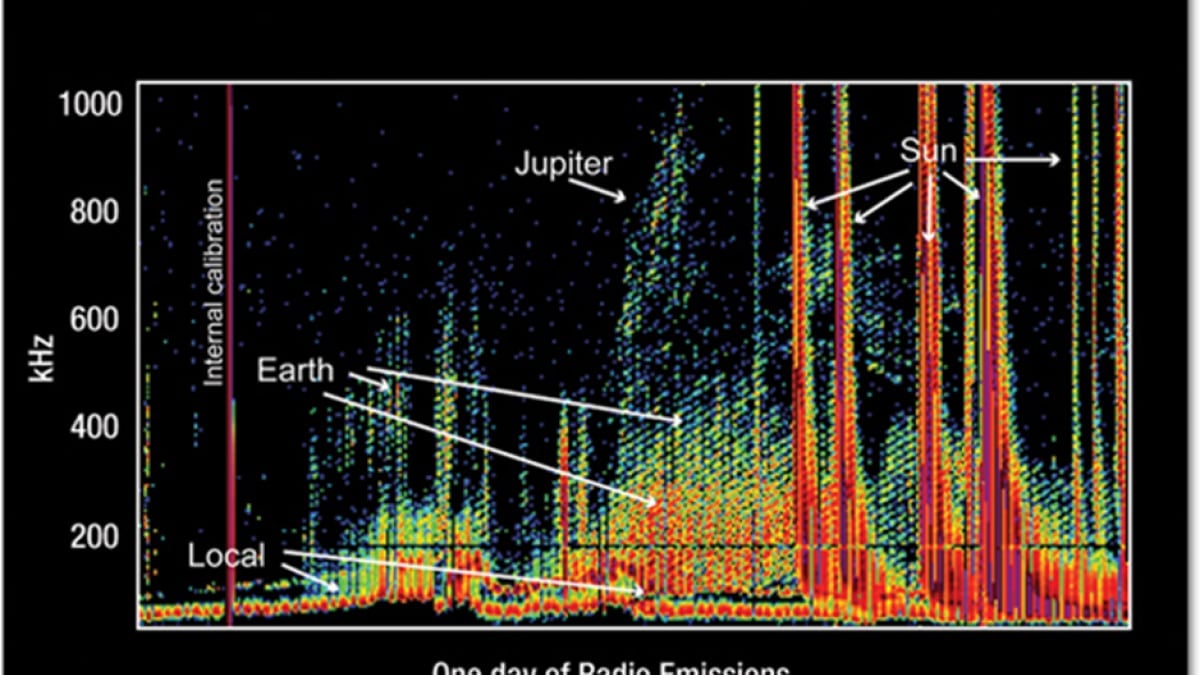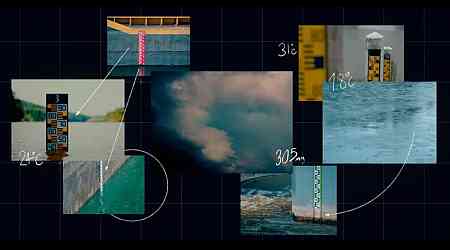Scientists have introduced a new method to search for interplanetary radio signals between planets in distant star systems, particularly when one planet moves in front of another from Earth's perspective—known as planet-planet occultations (PPOs). A team from Penn State, along with researchers from the SETI Institute, applied this technique to the TRAPPIST-1 system, located about 41 light years from Earth. This star system is of great interest as some of its seven rocky planets lie within the habitable zone, where liquid water could potentially exist, making it a prime target for such searches.
Search using the Allen Telescope Array
Over 28 hours, the team conducted the most comprehensive single-target radio signal search in the TRAPPIST-1 system using the Allen Telescope Array (ATA). The ATA, located at the Hat Creek Observatory, comprises multiple radio antennae specifically designed for detecting signals from extraterrestrial technology. The researchers scanned a wide range of frequencies, focusing on narrowband signals, which could indicate the presence of alien technology. Out of millions of signals detected, around 11,000 were shortlisted for further analysis, and 2,264 signals coincided with the predicted PPO windows. However, none were of non-human origin.
Future potential of signal detection
Nick Tusay, a graduate student at Penn State and lead researcher, explained that while no alien signals were found, the method holds promise for future searches. The development of advanced techniques and technologies, such as the upcoming Square Kilometre Array, could improve the sensitivity of signal detection. These advances may allow scientists to detect even faint signals from planets communicating with their spacecraft or with each other.
The research was conducted by a team of scientists, including Sofia Sheikh from the SETI Institute, and supported by grants from the U.S. National Science Foundation and Penn State's Extraterrestrial Intelligence Center.
(Except for the headline, this story has not been edited by NDTV staff and is published from a press release)
































